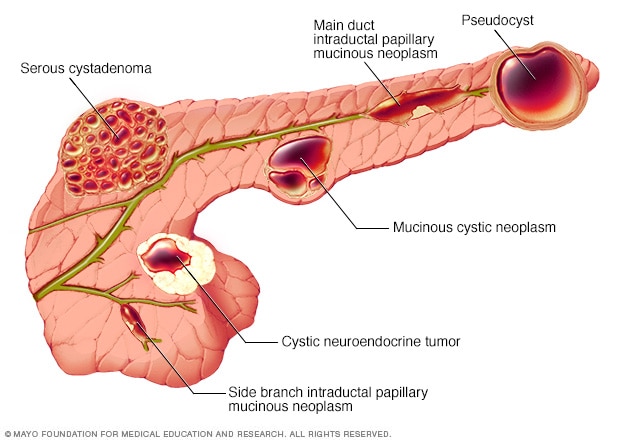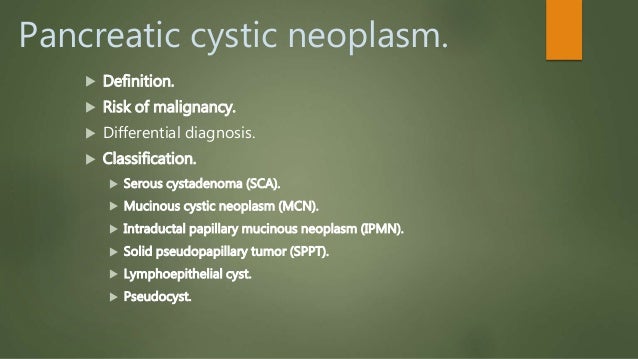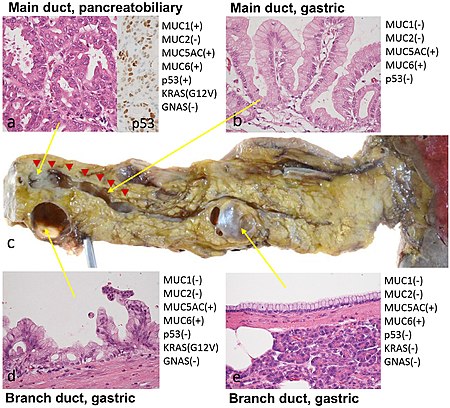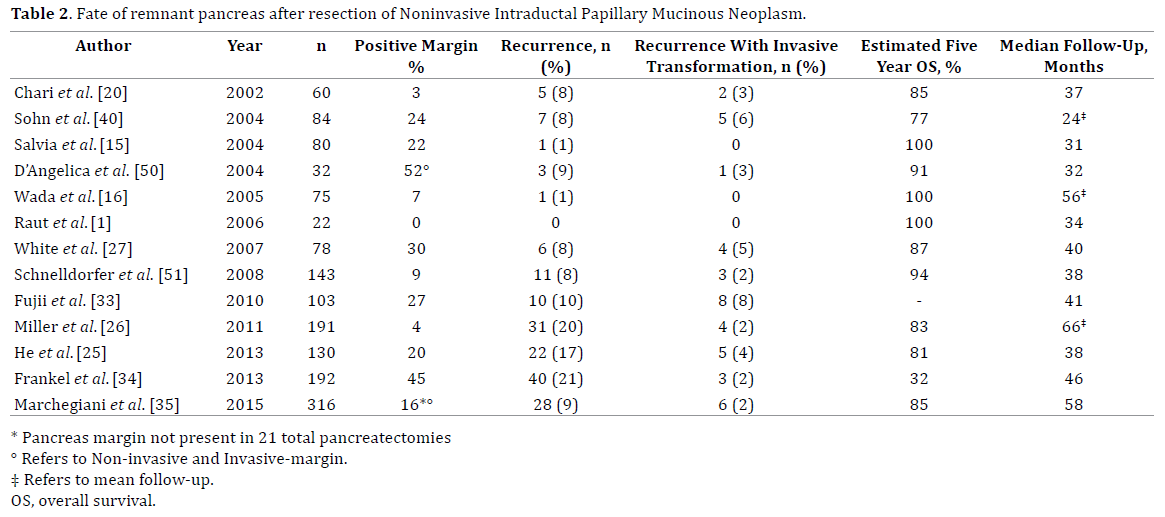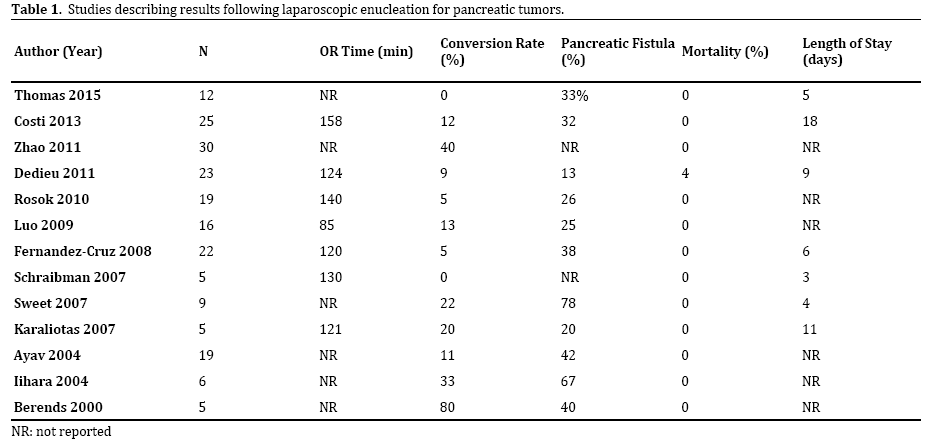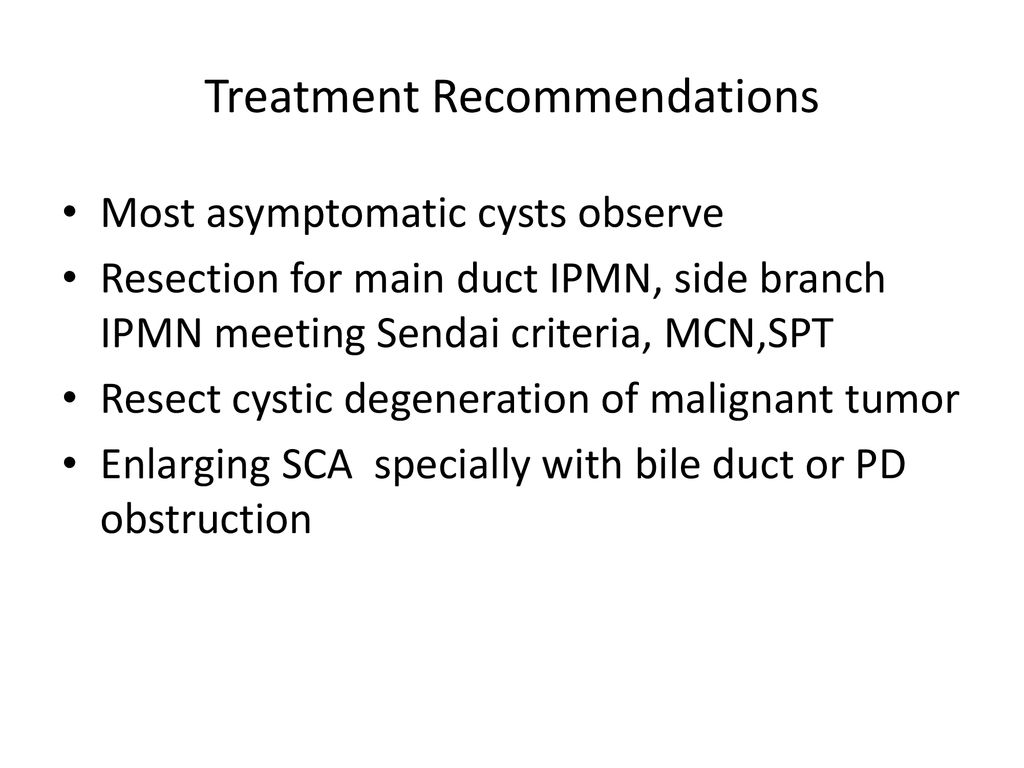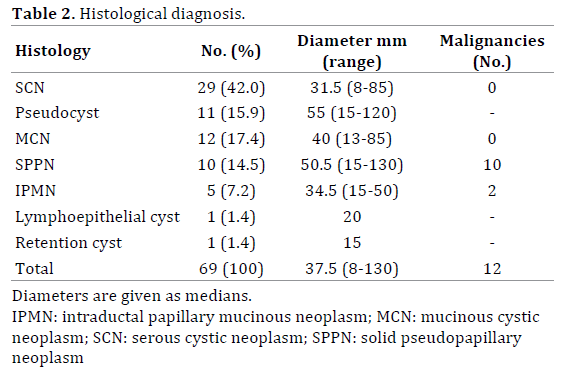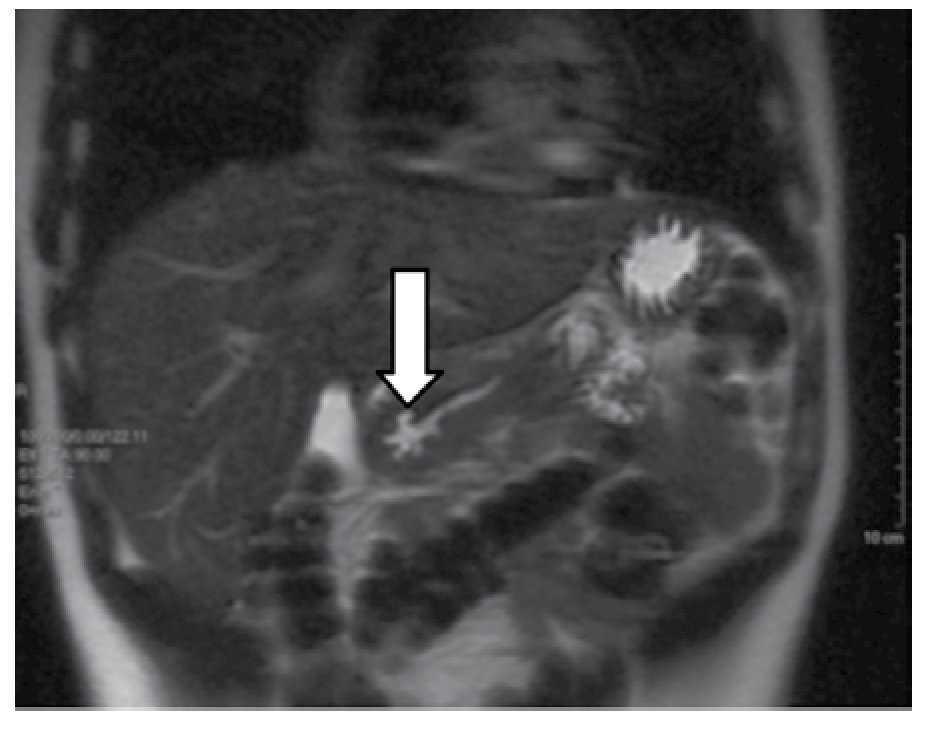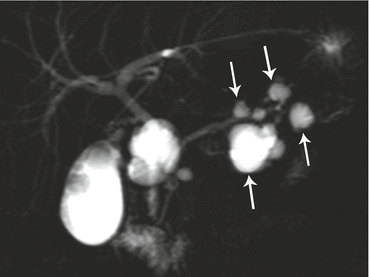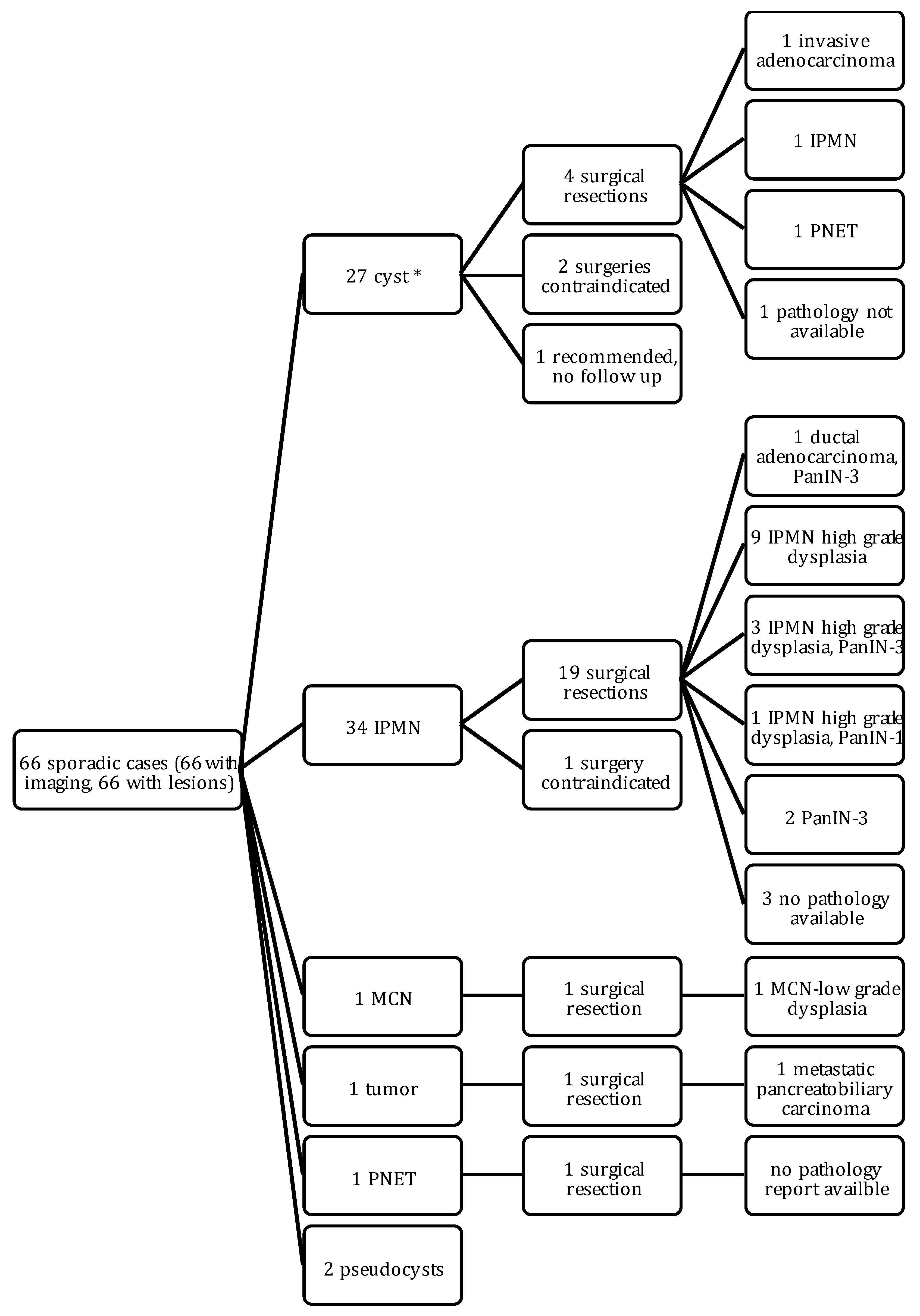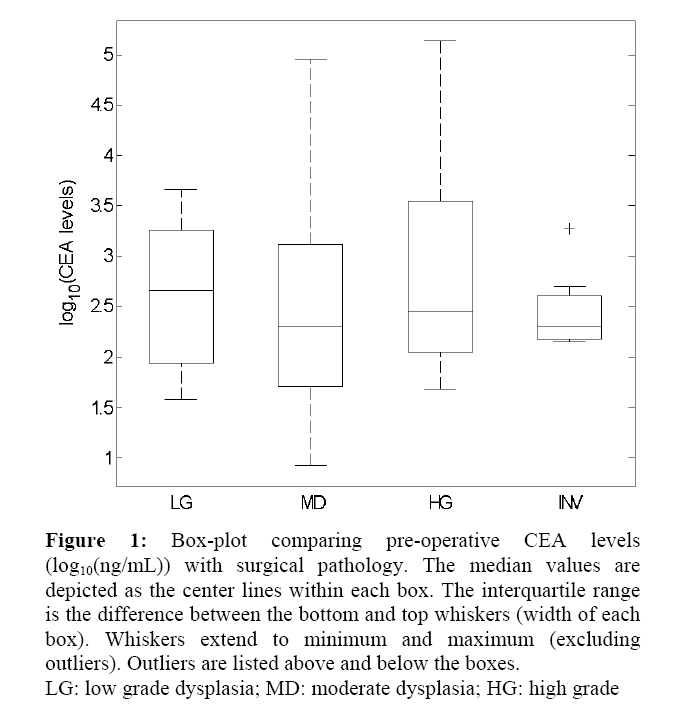Side Branch Ipmn Treatment

These guidelines try to balance the risks and benefits of treating patients with a branch duct type ipmn see reference 5.
Side branch ipmn treatment. Ipmns often produce no symptoms. Small ipmns in a branch might be monitored yearly but larger ones could need an evaluation as often as every three months. This is a result of increasing awareness widespread availability of imaging and better. By far the most common ipmn and indeed the most common pancreatic cyst is a side branch ipmn.
In up to 40 of cases multiple ipmns occur. Side branch ipmns are occasionally monitored with regular ct or mris but most are eventually resected with a 30 rate of malignancy in these resected tumors. For more information or to schedule an appointment call 206 223 2319. Monitoring side branch ipmn lesions.
International consensus guidelines for the treatment of branch duct ipmns were established in 2006. Our treatment approach for either symptomatic or incidentally found pancreatic cysts continues to improve. The criteria have been updated in the latest consensus symposium held during the 14th meeting of the international association of pancreatology in fukuoka. The true incidence of pancreatic cysts is not known and pancreatic cystic neoplasms especially intraductal papillary mucinous neoplasms are currently most commonly diagnosed and resected.
Virginia mason gastroenterologists work closely with specialists throughout the medical center to offer patients state of the art care for ipmn treatment. Ipmns may involve side branches only the main duct or a combination of both termed mixed ipmn. If or when there are any changes such as the ipmn growing larger decisions can be made about treatment. Survival 5 years after resection of an ipmn without malignancy is approximately 80 85 with malignancy but no lymph node spread and 0 with malignancy spreading to lymph nodes.



